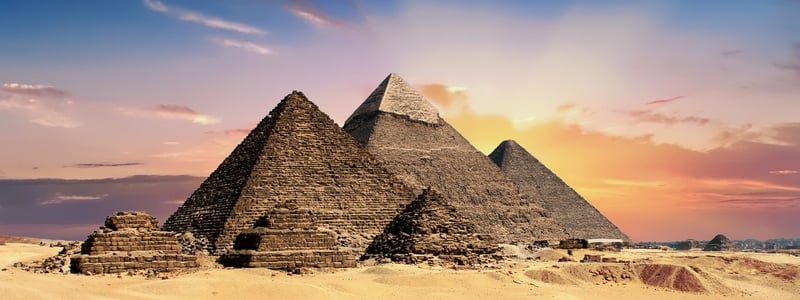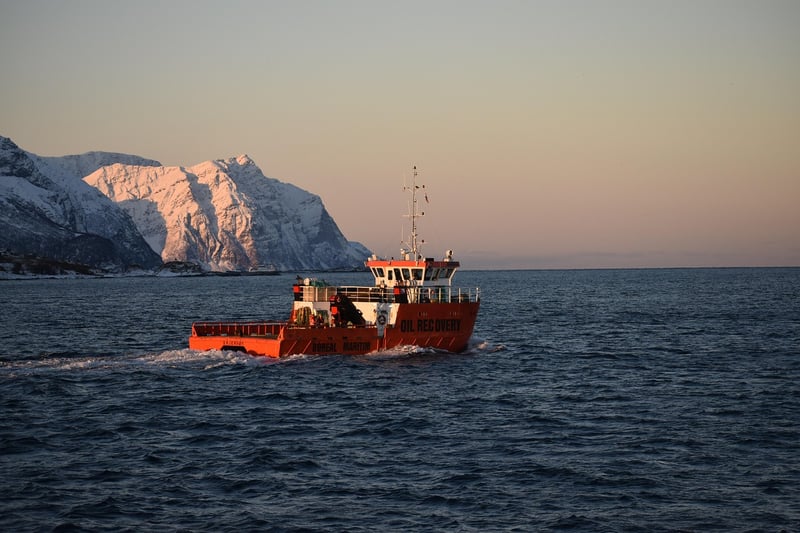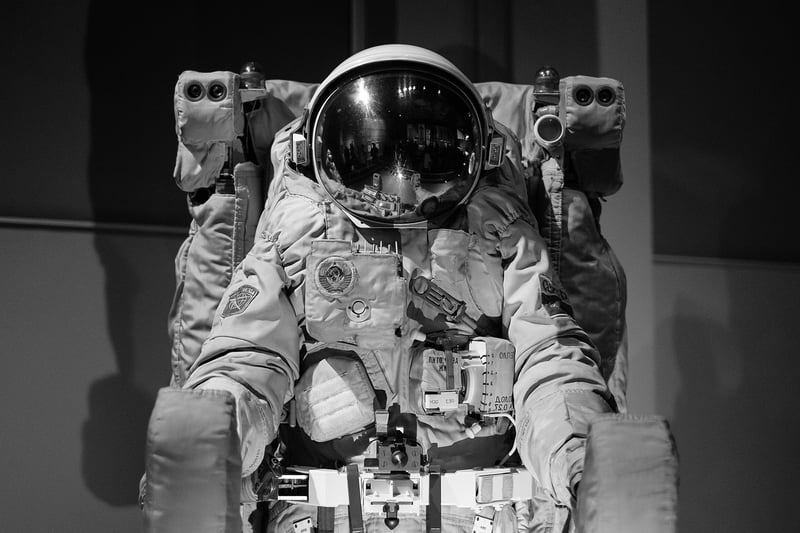Future Exploration
Exploring Different Eras and Future Exploration
Introduction
Exploring different eras and looking towards future exploration is an exciting journey that humans have embarked on throughout history. From ancient civilizations to modern technological advancements, the drive to discover and learn about the world around us has been a fundamental aspect of human nature. Let's delve into the exploration of different eras and what the future holds for exploration.
Ancient Exploration
Ancient civilizations such as the Egyptians, Greeks, and Romans were pioneers in exploration. They navigated the seas, charted the stars, and established trade routes that connected distant lands. The exploration during this era laid the foundation for future discoveries and cultural exchanges.

Age of Discovery
The Age of Discovery, spanning the 15th to 17th centuries, saw European explorers like Christopher Columbus, Vasco da Gama, and Ferdinand Magellan sail across oceans, mapping new territories, and encountering diverse cultures. This era reshaped the world map and facilitated global connections.

Space Exploration
In the 20th century, humanity reached new frontiers with space exploration. Milestones like the moon landing, space stations, and Mars rovers showcased our ability to venture beyond Earth. Organizations like NASA and SpaceX continue to push the boundaries of space exploration.

Future of Exploration
The future of exploration holds exciting possibilities. Advancements in robotics, artificial intelligence, and space technology promise new ways to explore distant planets, deep-sea trenches, and even outer space. Concepts like space tourism and colonization of other planets could become a reality in the coming decades.
Conclusion
Exploration has been a driving force in shaping human history and will continue to inspire future generations to push the boundaries of knowledge and discovery. As we reflect on the achievements of the past and look towards the future, the spirit of exploration remains a beacon of curiosity and innovation.
